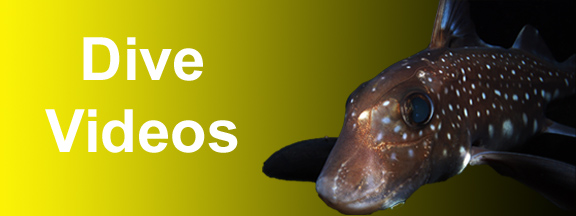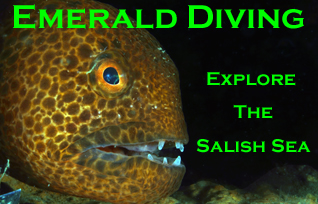

The enlargement viewer only works properly once ALL images on this page are loaded.
Black Oystercatcher
Haematopus bachmani
ID: Black body and wings. Narrow, long red bill and eye
Comments: This seabird has a very distinctive call. I often see oyster catchers in the San Juan Island and Cape Flattery areas along rocky shorelines where is forages for shellfish and other aquatic life. The bird is non-migratory and is usually found in pairs, family groups, and small flocks. Photographed at Tatoosh Island.
Haematopus bachmani
ID: Black body and wings. Narrow, long red bill and eye
Comments: This seabird has a very distinctive call. I often see oyster catchers in the San Juan Island and Cape Flattery areas along rocky shorelines where is forages for shellfish and other aquatic life. The bird is non-migratory and is usually found in pairs, family groups, and small flocks. Photographed at Tatoosh Island.
Tufted Puffin
Fratercula cirrhata
ID: Thick orange beak, white eye-masking, yellow tufts on rear side of head. Black body and wings.
Comments: I only note this very cool bird around Tatoosh Island in the Cape Flattery area. I have seen as many as a dozen tufted puffins gather in the bay on the northeast side of the island. More commonly, I find this distinctive seabird alone or in smaller groups.
Fratercula cirrhata
ID: Thick orange beak, white eye-masking, yellow tufts on rear side of head. Black body and wings.
Comments: I only note this very cool bird around Tatoosh Island in the Cape Flattery area. I have seen as many as a dozen tufted puffins gather in the bay on the northeast side of the island. More commonly, I find this distinctive seabird alone or in smaller groups.
Great Blue Heron
Ardea herodias
ID: Grey-blue body with long neck. Long, pointed beak. Black plumes on white head.
Comments: I typically see these magnificent wading bird in estuaries or shorelines where they use their long legs, necks, and beaks to hunt small fish in the shallows. Reported, this bird will also take rodents. This specimen was photographed at Posssession Point off Whidbey Island. The great blue heron is the largest of the North American herons and can boast wingspans in excess of 6 feet.
Ardea herodias
ID: Grey-blue body with long neck. Long, pointed beak. Black plumes on white head.
Comments: I typically see these magnificent wading bird in estuaries or shorelines where they use their long legs, necks, and beaks to hunt small fish in the shallows. Reported, this bird will also take rodents. This specimen was photographed at Posssession Point off Whidbey Island. The great blue heron is the largest of the North American herons and can boast wingspans in excess of 6 feet.
Common Murre
Uria aalga
ID: Distinctive solid black head and top of body. Breast and body underparts white. White extends onto the head in non-breeding season.
Comments: Congragations of hundreds if not thousands of these birds regulary assemble off Tattosh Island in large rafts, which is where this picture was taken. These accomplished swimmers can reportedly dive up 200 feet deep and feed on a vairiety of marine life, including fish, squid, and crustaceans.
Uria aalga
ID: Distinctive solid black head and top of body. Breast and body underparts white. White extends onto the head in non-breeding season.
Comments: Congragations of hundreds if not thousands of these birds regulary assemble off Tattosh Island in large rafts, which is where this picture was taken. These accomplished swimmers can reportedly dive up 200 feet deep and feed on a vairiety of marine life, including fish, squid, and crustaceans.















